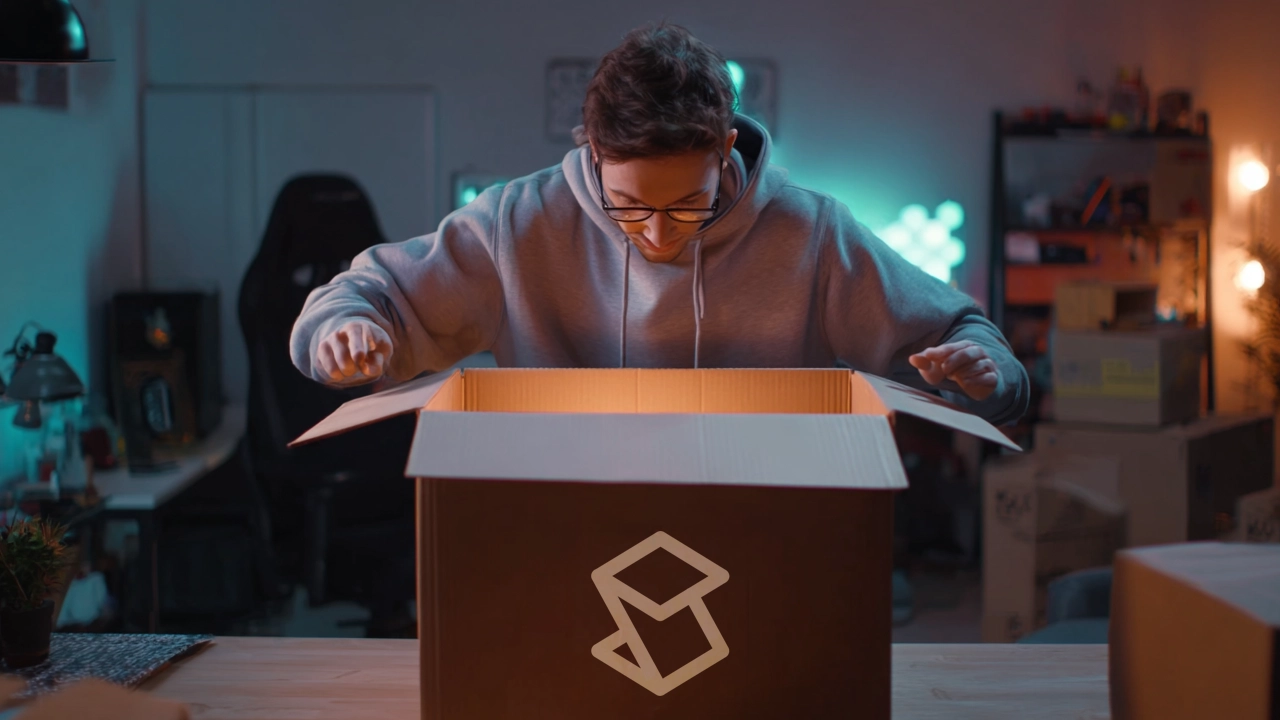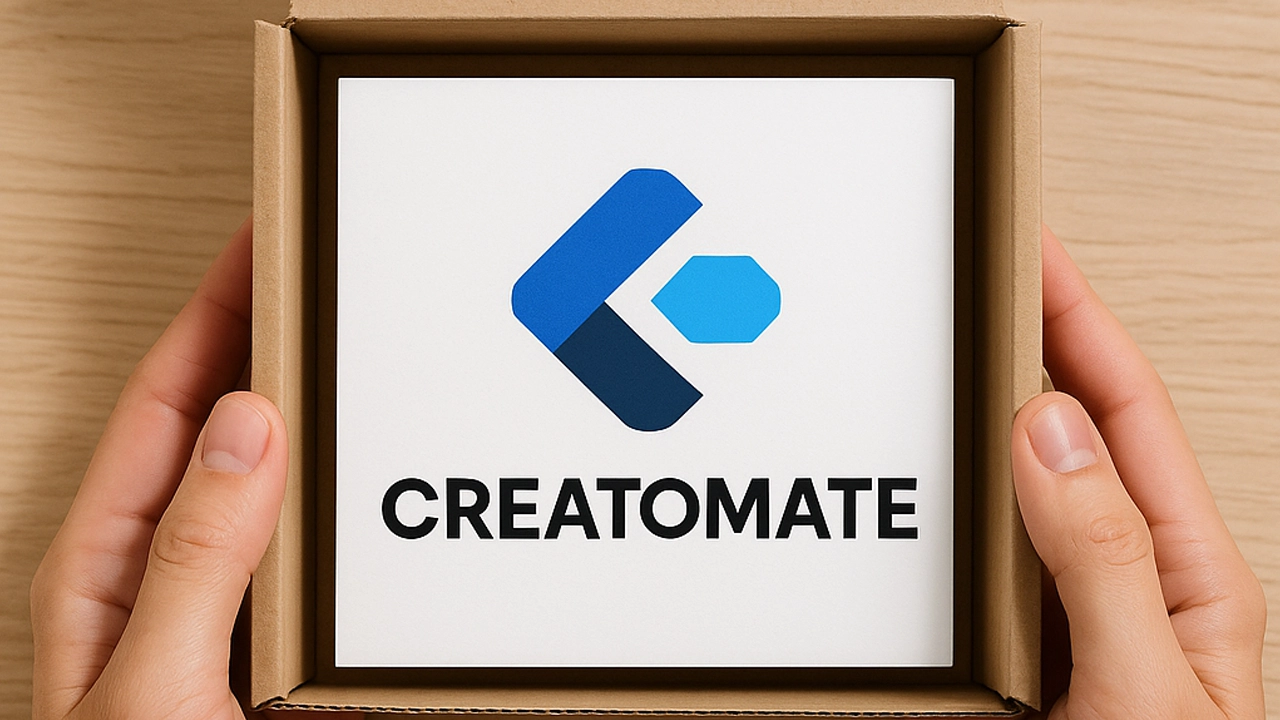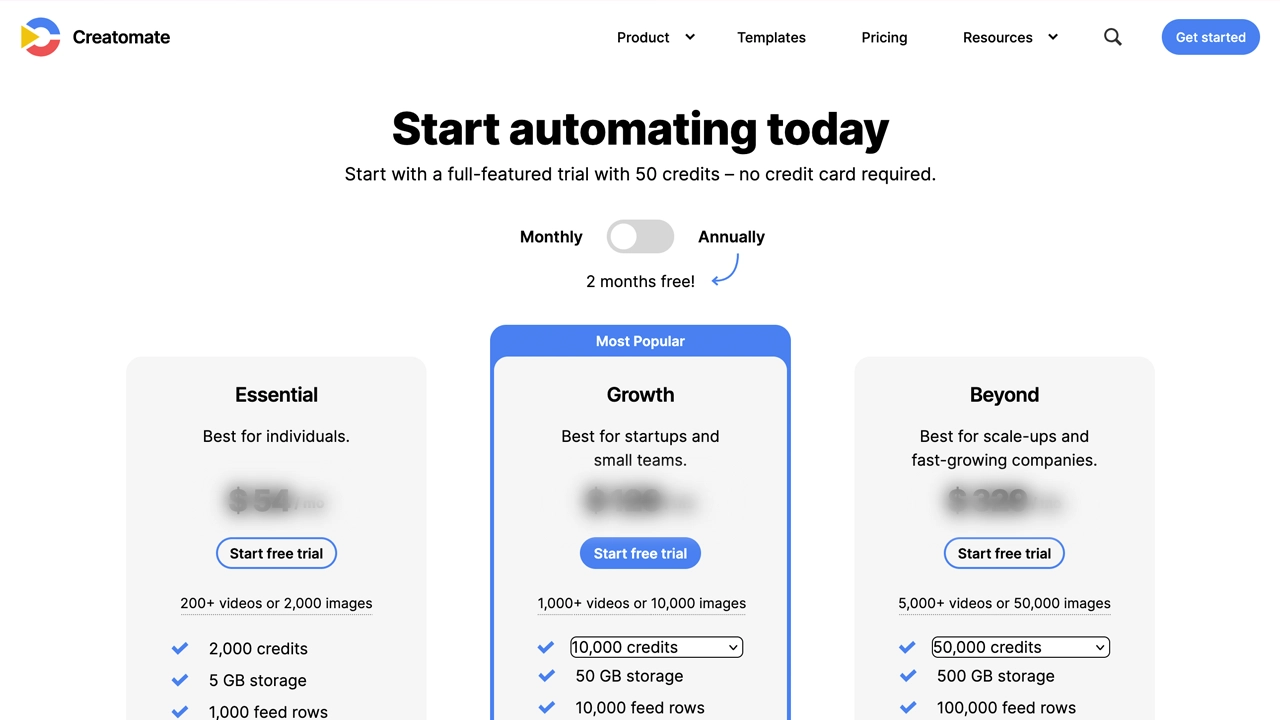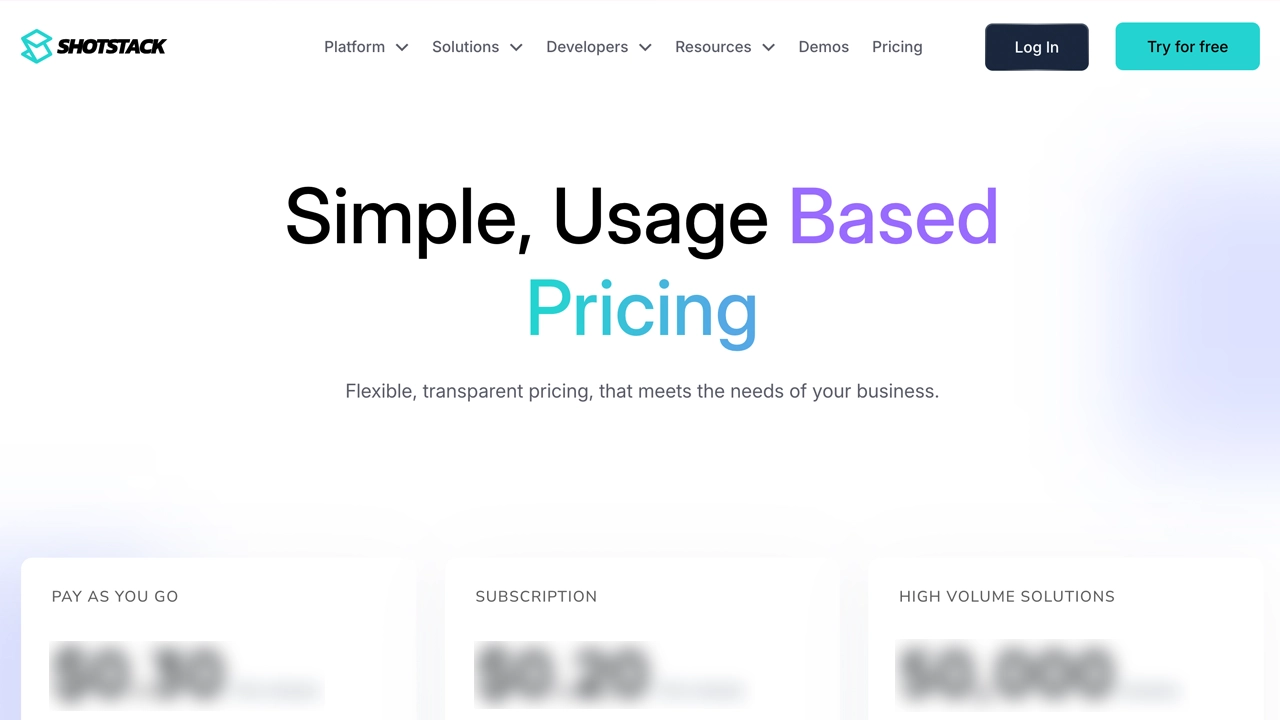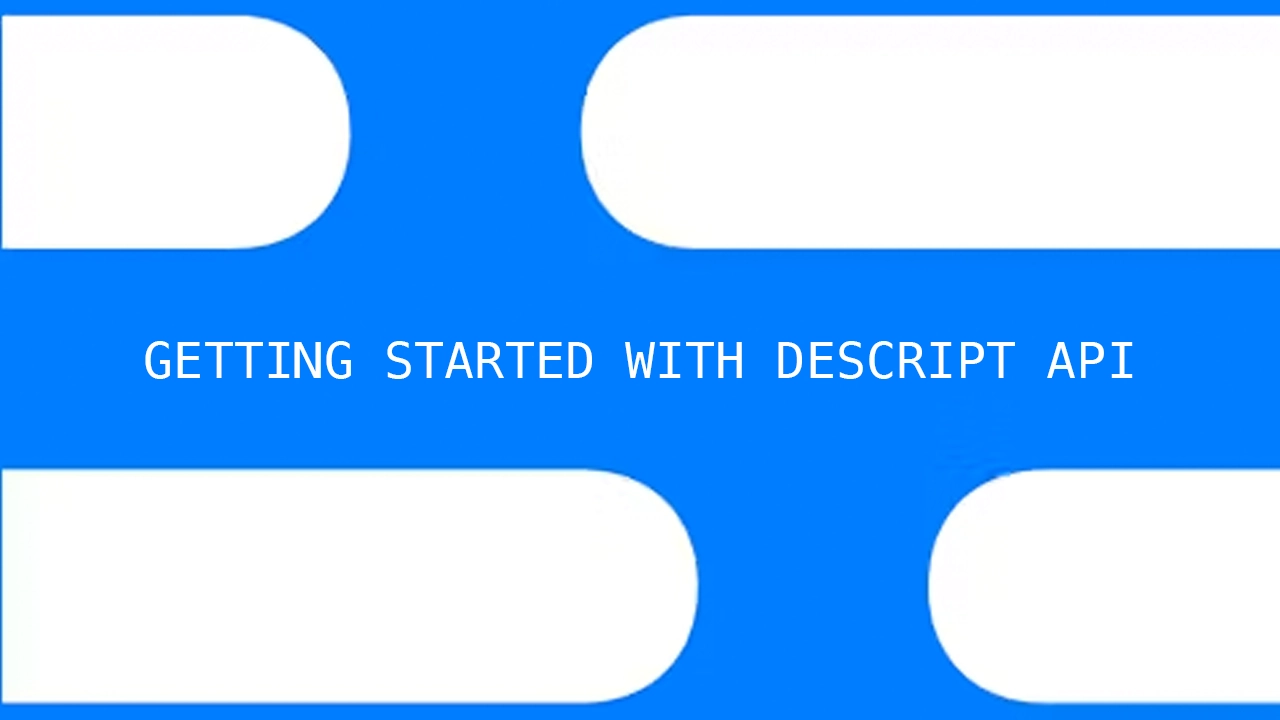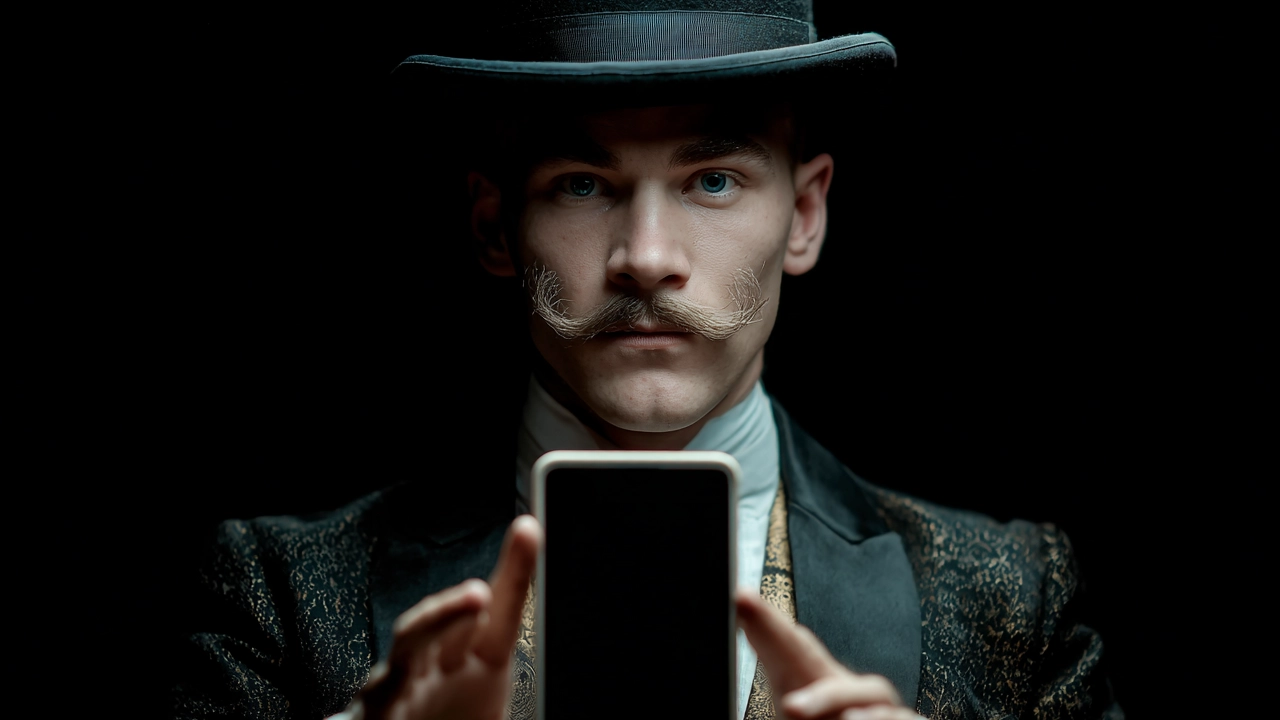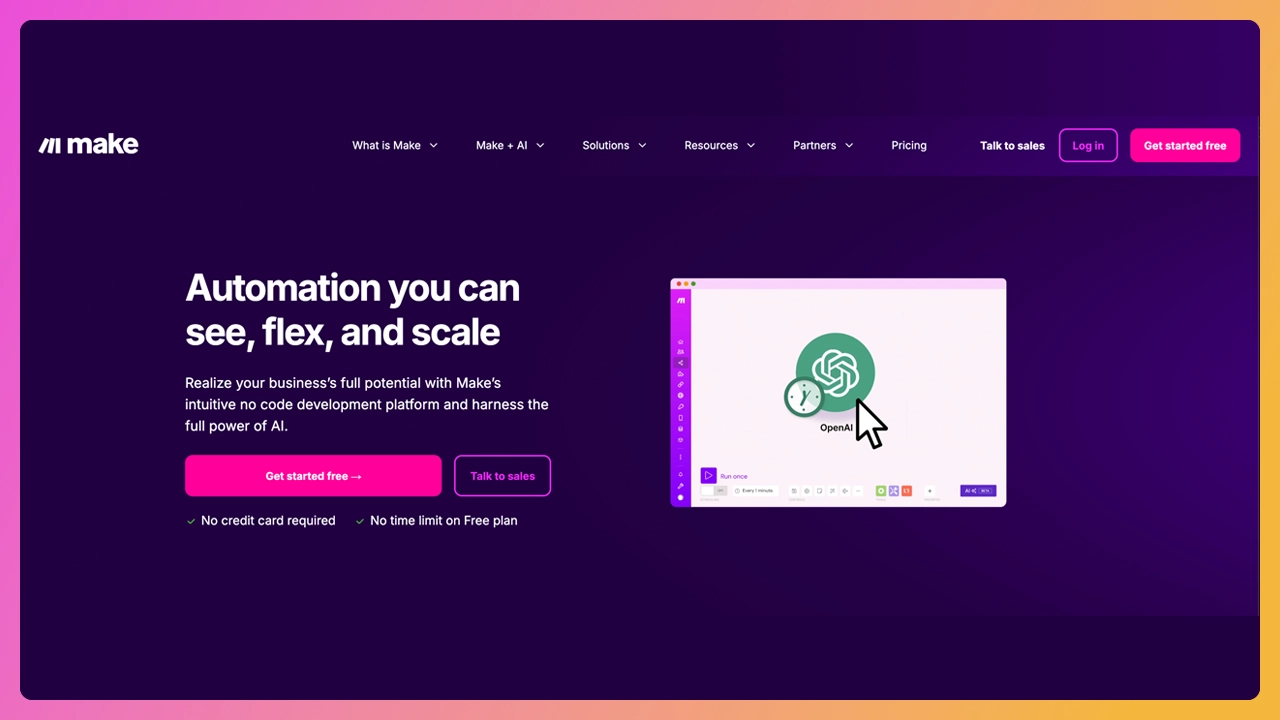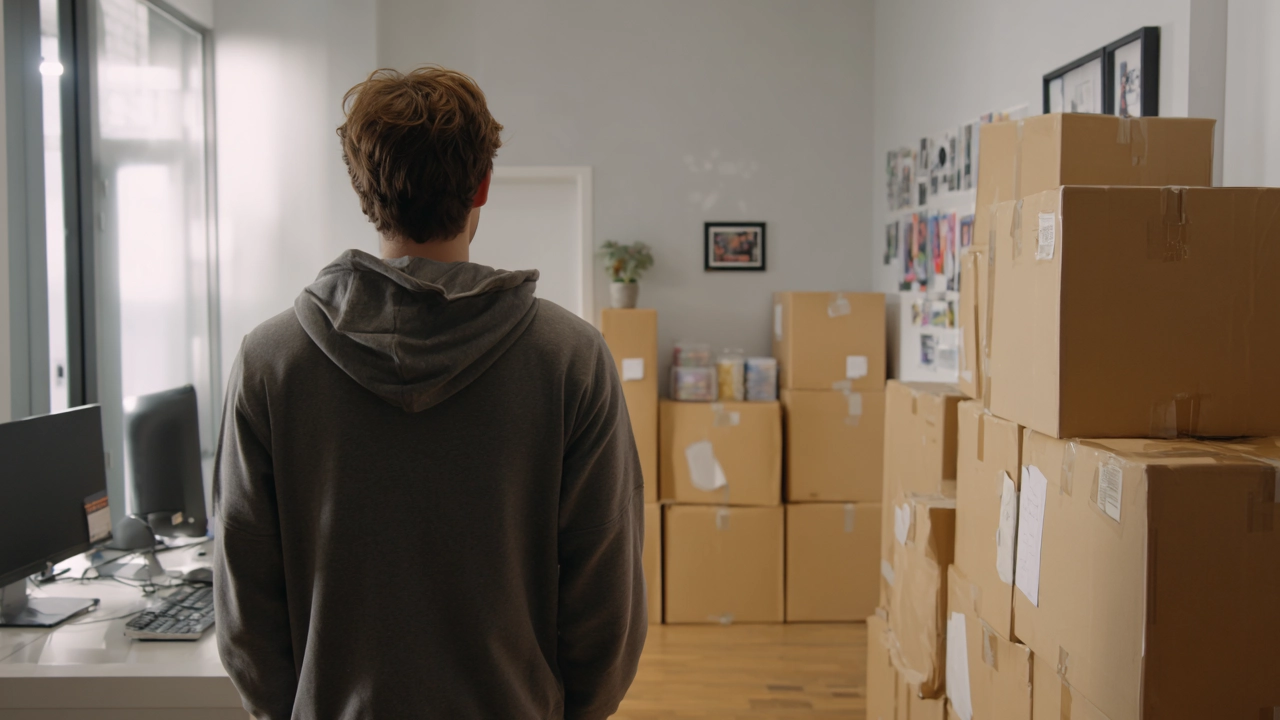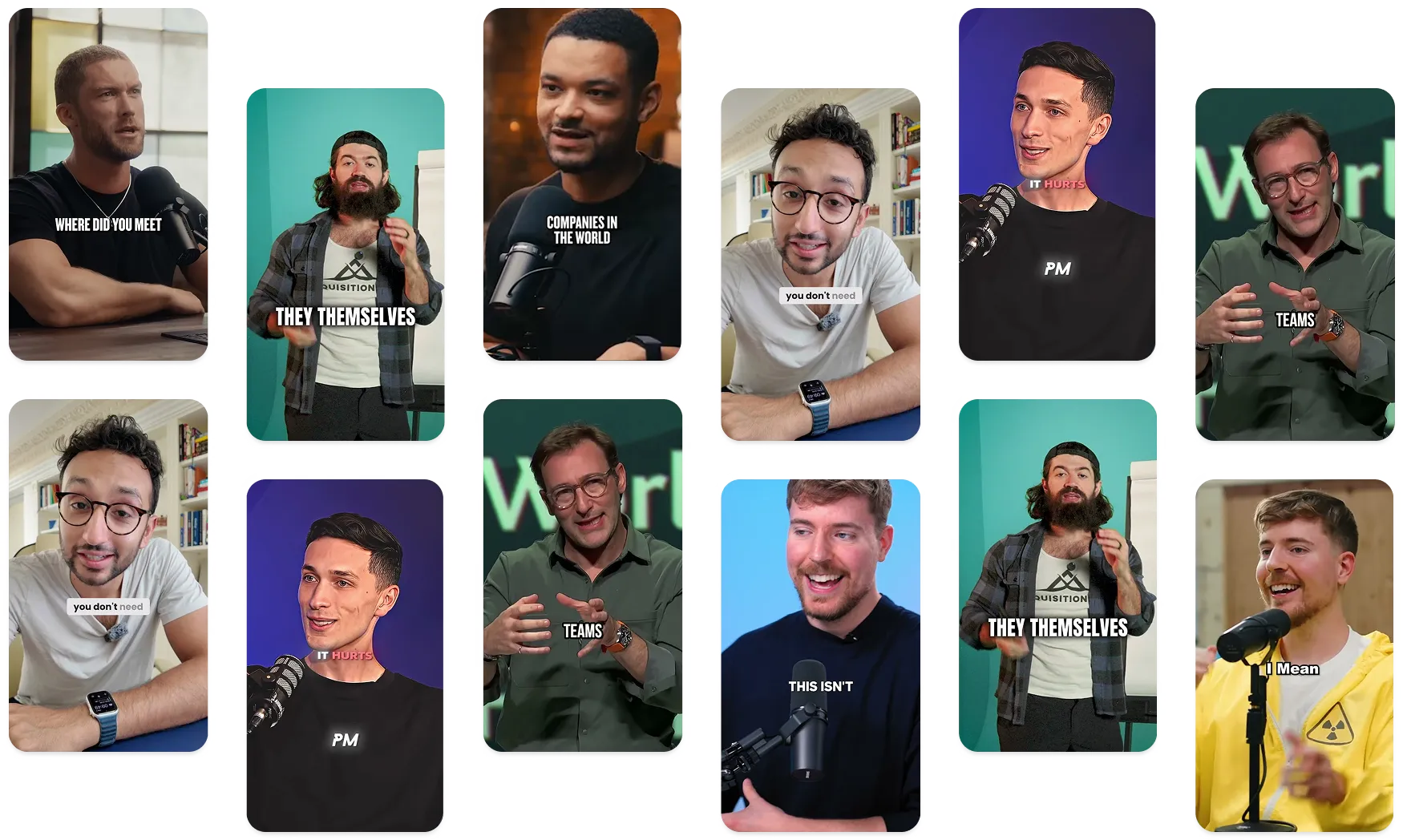B Roll meaning in a tweetable format
B-roll is the secret sauce of engaging storytelling. While A-roll captures your main footage, B-roll fills in the flavor. It supports the story of the A roll. Think of it as the extra footage—cutaways, details, vibes—that turn your videos from “meh” to cinematic. It helps set context for your main subject.
Main action tells. B-roll shows. #filmmaking
If your B roll is distracting and it does nothing to enhance the plot, don't use it.
What is B-roll footage and why is it important?
B-roll footage is secondary footage used to support your A-roll (aka primary footage like interviews or talking head shots). It can be anything from establishing shots of a city skyline, to close-ups of someone’s hands, to reenactments or behind-the-scenes clips.
But don’t let “secondary” diminish its importance.
B-roll isn’t an afterthought—it’s essential in helping your main shot shine.
It helps cover cuts, adds energy, creates smooth transitions, and gives context to your story. In modern video production, B-roll footage isn’t optional—it’s storytelling glue. Without it, videos feel stiff, static, and too “talky.”
Want to hide coughs, camera bumps, or awkward pauses? That’s B-roll’s superpower.
The B roll origin story
The term B-roll dates back to the early days of film editing in Hollywood, around the 1930s to 1950s. Back then, editors worked with two rolls of film: the A-roll, which contained the primary footage (like dialogue and main scenes), and the B-roll, which held cutaway shots, establishing shots, or alternative footage used to cover cuts or fix continuity errors.
The name itself comes from the literal labeling of these reels during editing. It wasn’t coined by a single person, but evolved as a practical term among editors. Over time, especially with the rise of digital video production, B-roll became more than just filler—it became a storytelling tool in its own right.
Types of B roll
Yep, there are several types of B-roll, and knowing them can level up your already fire, video editing game.
Some of the most common include cutaways, establishing shots, over-the-shoulder shots, and cinematic inserts. In a feature film or TV show, or more traditional media, B-roll might include atmospheric scenes, props, or location footage that sets the mood.
In YouTube videos like tutorials, creators often use B-roll video to visually support their voiceover—like screen recordings or product shots. You’ll also find b-roll examples in behind-the-scenes footage or b-reel montages that highlight extra context.
Whatever the format, the use of B-roll brings visual variety, keeps your viewer engaged, and turns static content into funny, engaging, & compelling storytelling.
Traditional video like movies and TV have a rich and studied history of B rolls. Learning from them and bringing that to your social media videos will add that extra, magical factor, to your videos and make them more professional.
How to use B-rolls effectively
If your A-roll is your script, B-roll is the emotion.
It pulls your audience in, showing the world you’re describing instead of just talking about it. You could say:
"We started in a tiny New York office..."
or... you could show a cramped space with coffee-stained desks and traffic blaring outside.
That’s the power of cutaway shots.
It’s how we add emotion, context, and clarity—without spelling things out. Every creator who's trying to grow on platforms like TikTok, YouTube, or Instagram needs to start thinking like a filmmaker. And b-roll means you're giving your story the support it deserves.
B-rolls are perfect for scripted videos
In scripted video—whether it's a YouTube sketch, a short film, or an ad—B-roll helps bring your storyboard to life.
You’re not just narrating events. You’re visually composing them. Cinematic b-roll shots can break the fourth wall, add pacing, or elevate a scene with emotion.
Think slow panning shots, dramatic lighting, or intentional transitions between scenes.
Here’s how I use it: I plan 3–4 establishing shots before a big scene, add some cutaways for flavor, then splice them with the A-roll to create rhythm.
B-roll in documentary video
This is where B-roll shines.
Documentary-style videos often rely on talking heads, so cutaway and supplemental footage keep things visually interesting. It’s not just for aesthetics—it adds credibility.
Say you're shooting a founder story for a startup. You’d pair the main footage of them speaking with b-roll of:
- Early sketches
- Team meetings
- Product shots
- Throwback photos
- Maybe even reenactments
Without B-roll, it's just a podcast. With it? It's a film.
How to shoot B-roll
If you want to level up your video production, you’ve got to know how to shoot B-roll that works.
Make a shot list
Before you roll, make a shot list based on the story beats of your video.
Ask yourself:
- What are we talking about here?
- Can I show it instead of saying it?
- What would enhance the viewer’s experience?
Include wide shots, medium, and close-ups. This gives you options in post-production.
As you can gather by now, B rolls can quickly eat up time and budget. Read till the end to see how an AI b roll generator and some AI video editors can save you time and budget and help you create professional videos.
Tell a story
B-roll should say something. Random clips don’t cut it.
Does the footage move the story forward or just look pretty?
Think like a filmmaker—even if you’re a solo creator. Each clip should give insight or mood.
Slow down
Literally. Shoot in slow-mo when it makes sense. Not only does it add a cinematic feel, it gives your audience time to absorb what’s happening.
It also helps in editing: slow footage can stretch time, fill gaps, and smooth transitions.
Experiment with different shots
Try new camera angles. Don’t always film from chest height. Go low, go high, go handheld, go wide.
Get creative with your movement. Walk with your subject. Shoot through objects. Try bokeh backgrounds. Add motion blur.
You’re not capturing content—you’re building vibes.
Meet AI B-roll generators. They simplify the entire process
Okay, real talk: shooting and sourcing B-roll can take hours. For beginners or busy creators, that’s time you don’t have.
AI B-roll generators are tools that automate this process.
Here’s what they do:
- Scan your A-roll transcript
- Understand the context
- Suggest or insert relevant stock footage, animations, or even custom AI-generated clips
- Seamlessly match tone, mood, and pacing
It’s like having a second unit director working for you 24/7.
At Submagic, our AI even matches clips to keywords in your transcript—so adding a cutaway or an establishing shot is three clicks. It’s not just smart. It’s workflow genius.
Examples of some AI B-roll generators
Here are three great tools that help generate or insert B-roll footage faster:
- Submagic – Automatically generates smart B-roll based on your script or transcript. Great for creators, agencies, and teams. Built for fast workflows. Submagic is the leading AI viral clip maker.
- Pictory – Turns scripts into videos with stock B-roll. Ideal for repurposing blogs or podcasts into video format.
- Runway – Lets you generate custom AI video clips. Great for abstract or highly visual storytelling.
The B roll of blogs - the summary, sort of.
B-roll isn’t just “extra footage.” It’s the soul of your story. Whether you're shooting cinematic reels, building a brand doc, or editing a podcast into something people actually want to watch—b-roll is what makes your content move.
And with tools like AI B-roll generators, the excuse of “I don’t have time” is off the table.
So go ahead—shoot b-roll like a filmmaker. Tell better stories. Grow your reach. And make your audience feel something.
















